Are you in the market for a private or business jet? While you’ve been reviewing your options, you’ve probably noticed that many jets are required to have a two-person crew. This is because in the United States if you are performing commercial flight operations under Part 121, the Federal Aviation Administration wanted that second pilot there for a good safety measure.
Of course, that second pilot increases your operating expenses. Imagine the savings of being free to hire just one pilot rather than two for your travel needs. Also, if you plan to pilot your own jet, you may naturally wish you didn’t have to hire a co-pilot to join you in the cockpit.
Good news – if you plan to fly under Part 91 or Part 135 you have that option thanks to the single pilot certified class of light jets.
Many single pilot jets have two seats in the cockpit, but they are rated to be flown by just one pilot, giving you the benefit of decreased operating costs. Ready to review your options? Here are our votes for the 10 best single pilot jets available in 2025.
1. Cessna Citation CJ3 Gen 2

The Citation CJ3 Gen2 delivers superior, unparalleled reliability without sacrificing productivity and comfort. Consider the CJ3+ if you are in the market for a single pilot jet with a perfect blend of range, speed and reasonable operating costs.
In the tastefully elegant cabin, two executive foldout tables provide ample space for in-flight productivity. If your passengers would rather sit back and relax, they will appreciate the quiet environment.
Customize your cabin interior when you choose from bisque, French roast, glacier, jet black, silver mirage or toffee color palettes. None of those options striking your fancy? You can always meet with an interior designer and dream up custom decor.
Up in the cockpit, the Garmin G3000 dazzles with touch screen controls and large format displays. The fully digital dual-channel autopilot system offers redundant safety features.
Quick Comparisons
- Maximum range: 2,040 nm
- Maximum cruising speed: 416 ktas
- Maximum passengers: 9
- Useful load: 5,530 lbs
- Takeoff field length: 3,180 ft
Dimensions
- Length: 51ft 2in
- Height: 15ft 2in
- Wingspan: 53ft 4in
- Wing Area: 294 sq ft
- Wing Sweep:0 degrees
- Wheelbase: 20 ft
- Tread: 16 ft
- Cabin: 15ft 8in (L), 58 in (W), 57 in (H)
Weights
- Baggage capacity: 1,000 lb / 65 cu ft
- Maximum ramp weight: 14,070 lbs
- Maximum takeoff weight: 13,870 lbs
- Maximum landing weight: 12,750 lbs
- Maximum zero fuel weight: 10,675 lbs
- Usable fuel weight: 4,710 lbs
- Useable fuel volume: 703 gallons
- Basic operating weight: 8,540 lbs
- Useful load: 5,530 lbs
- Maximum payload: 2,135 lbs
- Full fuel payload: 820 lbs
Performance
- Maximum cruise speed: 416 ktas
- Maximum range: 2,040 nm
- Takeoff field length: 3,180 ft
- Landing distance: 2,770 ft
- Maximum operating altitude: 45,000 ft
- Maximum climb rate: 4,478 fpm
- Maximum limit speed:737 Mach
Equipment
- Avionics: Garmin G3000
- Powerplant: Williams International FJ44-3A (2,820 lbs thrust each)
2. Cessna Citation CJ4 Gen 2

When describing the Citation CJ4, Cessna refers to this jet as being at the top of the single-pilot class. They say it lets you “have it all,” as the CJ4 “redefines versatility for a light jet.” The whole concept behind the Citation CJ4 design is to deliver impressive speed, range and cabin size for a light jet without bumping up to midsize operating costs.
You’ll quickly find that the increased size isn’t the only cabin upgrade. All 10 passengers can stretch out and relax in their fully reclining seats. Keep both the pilot and the passengers comfortable thanks to separate climate control zones for the cockpit and cabin.
The Citation CJ4 Gen2 jet features advanced weather tracking with the Collins Aerospace RTA-4112 Multiscan Weather Radar. This system helps pilots detect and avoid weather systems to reduce turbulence. It automatically scans short, mid, and long-range weather, giving pilots an optimized view at any altitude or range.
Specs:
Quick Comparisons
- Maximum range: 2,165 nm
- Maximum cruising speed: 451 ktas
- Maximum passengers: 10
- Useful load: 6,950 lbs
- Takeoff field length: 3,410 ft
Dimensions
- Length: 53ft 4in
- Height: 15ft 5in
- Wingspan: 50ft 10in
- Wing Area: 330 sq ft
- Wing Sweep:5 degrees
- Wheelbase: 21 ft 2 in
- Tread: 12 ft 4in
- Cabin: 17ft 4in (L), 58 in (W), 57 in (H)
Weights
- Baggage capacity: 1,040 lb / 77.1 cu ft
- Maximum ramp weight: 17,230 lbs
- Maximum takeoff weight: 17,110 lbs
- Maximum landing weight: 15,660 lbs
- Maximum zero fuel weight: 12,500 lbs
- Usable fuel weight: 5,828 lbs
- Useable fuel volume: 870 gallons
- Basic operating weight: 10,280 lbs
- Useful load: 6,950 lbs
- Maximum payload: 2,220 lbs
- Full fuel payload: 1,122lbs
Performance
- Maximum cruise speed: 451 ktas
- Maximum range: 2,165 nm
- Takeoff field length: 3,410 ft
- Landing distance: 2,940 ft
- Maximum operating altitude: 45,000 ft
- Maximum climb rate: 3,854 fpm
- Maximum limit speed:77 Mach
Equipment
- Avionics: Collins Aerospace Pro Line 21
- Powerplant: Williams International FJ44-4A (3,621 lbs thrust each)
3. Cessna Citation M2 Gen2

Cessna’s Citation M2 is designed to be an efficient entry level jet for corporate, charter and private use. The M2 delivers the speed and safety you are looking for with the classy sophistication you would expect from a private jet.
Select a sleek interior design package in either birch, stone, polar or linen. Your chosen color will complement an elegant cabin design whose layout and configuration is also customizable.
The Garmin GWX 8000 StormOptix weather radar, along with the optional Synthetic Vision Technology (SVT) and Enhanced Vision System (EVS) camera, offer a comprehensive view of your surroundings while in flight.
Specs:
Quick Comparisons
- Maximum range: 1,550 nm
- Maximum cruising speed: 404 ktas
- Maximum passengers: 7
- Useful load: 3,810 lbs
- Takeoff field length: 3,210 ft
Dimensions
- Length: 42ft 7in
- Height: 13ft 11in
- Wingspan: 47ft 3in
- Wing Area: 240 sq ft
- Wing Sweep:0 degrees
- Wheelbase: 15 ft 4 in
- Tread: 13 ft
- Cabin: 11 ft (L), 58 in (W), 57 in (H)
Weights
- Baggage capacity: 725 lb / 45.6 cu ft
- Maximum ramp weight: 10,800 lbs
- Maximum takeoff weight: 10,700 lbs
- Maximum landing weight: 9,900 lbs
- Maximum zero fuel weight: 8,500 lbs
- Usable fuel weight: 3,296 lbs
- Useable fuel volume: 492 gallons
- Basic operating weight: 6,990 lbs
- Useful load: 3,810 lbs
- Maximum payload: 1,510 lbs
- Full fuel payload: 514 lbs
Performance
- Maximum cruise speed: 404 ktas
- Maximum range: 1,550 nm
- Takeoff field length: 3,210 ft
- Landing distance: 2,590 ft
- Maximum operating altitude: 41,000 ft
- Maximum climb rate: 3,698 fpm
- Maximum limit speed:71 Mach
Equipment
- Avionics: Garmin G3000
- Powerplant: Williams International FJ44-1AP-21 (1,965 lbs thrust each)
4. Embraer Phenom 300E

In their review of the Embraer Phenom 300, Flying Mag summed this aircraft up by saying that it is designed to “stretch the limits of the light jet segment by creating an airplane with best-in-class performance, comfort and utility while keeping operating costs at turboprop levels.” The Phenom 300 was so successful in that regard that it was the best-selling light business jet worldwide for seven straight years.
With upgraded next-generation avionics, a completely redesigned cabin interior and cutting-edge technology throughout, the 300E picks up where the original 300 left off. Embraer’s brochure touts the Phenom 300E as “the world’s largest, fastest, longest range single-pilot aircraft.” Take a look at the enhanced Embraer Phenom 300E and you will see that this is true luxury travel accompanied by high end performance.
Specs:
Quick Comparisons
- Maximum range: 1,971 nm
- Maximum cruising speed: 453 ktas
- Maximum passengers: 10
- Takeoff field length: 3,254 ft
Dimensions
- Length: 51 ft 4 in
- Height: 16 ft 9 in
- Wingspan: 52 ft 2 in
- Cabin: 17 ft 2 in (L), 5 ft 1 in (W), 4 ft 11 in (H)
Weights
- Baggage capacity: 84 cu ft
- Maximum ramp weight: 18,497 lbs
- Maximum takeoff weight: 18,387 lbs
- Maximum landing weight: 17,042 lbs
- Maximum zero fuel weight: 14,220 lbs
- Usable fuel weight: 5,353 lbs
- Useable fuel volume: 799 gallons
- Basic operating weight: 11,583 lbs
- Maximum payload: 2,637 lbs
Performance
- Maximum cruise speed: 453 ktas
- Maximum range: 1971 nm
- Takeoff field length: 3,254 ft
- Landing distance: 2202 ft
- Maximum operating altitude: 45,000 ft
- Maximum limit speed:78 Mach
Equipment
- Avionics: Prodigy Touch Flight Deck
- Powerplant: Pratt & Whitney PW535E (3,360 lbs thrust each)
5. HondaJet Light Jet

This is the first venture into the light jet market for the Honda Aircraft Company The HondaJet HA-420, is a lightweight, streamlined aircraft with a focus on fuel efficiency which is claimed to be a 35% improvement on standard business jets. A carbon composite fuselage keeps the overall weight of the HA-420 down while single reinforced aluminum sheet wings have a smooth, low drag surface.
Once inside the cabin, you will appreciate the designer’s forethought in choosing an over-the-wing engine mount configuration. This allows for a more open and roomier cabin plus a fully enclosed, externally serviceable lavatory.
Specs:
Quick Comparisons
- Maximum range: 1,223 nm
- Maximum cruising speed: 422 ktas
- Maximum passengers: 6
- Useful load: 3,627 lbs
- Takeoff field length: 3,934 ft
Dimensions
- Length:62 ft
- Height: 9 ft
- Wingspan:76 ft
- Cabin:8 ft (L), 5 ft (W), 4.83 ft (H)
Weights
- Baggage capacity: 132 cu ft
- Maximum takeoff weight: 10,600 lbs
- Maximum landing weight: 9,860 lbs
- Usable fuel weight: 2,850 lbs
- Useable fuel volume: 425 gallons
- Basic operating weight: 7,203 lbs
- Useful load: 3,627 lbs
- Full fuel payload: 547 lbs
Performance
- Maximum cruise speed: 422 ktas
- Maximum range: 1,223 nm
- Takeoff field length: 3,934 ft
- Landing distance: 3,047 ft
- Maximum operating altitude: 43,000 ft
- Maximum climb rate: 3,990 fpm
Equipment
- Avionics: Garmin G3000
- Powerplant: GE Honda HF 120 (2,050 lbs thrust each)
6. Pilatus PC-24

Pilatus calls its PC-24 “The Super Versatile Jet,” and with good reason. The PC-24’s uniqueness lies in its innovative combination of turboprop versatility, light jet performance, and medium-light jet cabin size.
One of the main selling points for the PC-24 is its “off-road” engineering that prepared this aircraft to excel on unpaved runways as well as short-field takeoffs and landings.
It’s not every day you see a beautiful private jet land on a dirt runway, but the PC-24 has all of your potential needs in mind and its Swiss designers wanted to ensure that wherever you want your travels to take you, the Pilatus PC-24 will deliver.
In fact, Pilatus did the math on the number of additional runways their PC-24 design will give you access to, and the statistics are impressive. By designing the PC-24 to be able to operate on unpaved runways at least 2,930 feet in length, you can fly into an additional nearly 10,000 airports worldwide compared to your counterparts whose jets need paved runways 3,130 feet or longer.
This means that when you choose the Pilatus PC-24, you will be able to fly direct into just about any airport you could conceive of, and you will radically reduce your ground travel logistics for accessing smaller, more remote locales.
With all the talk about functionality, we haven’t even touched on the PC-24’s elegant and intelligent interior cabin form. As you walk inside, you will notice the soft leather seats and hardwood cabinetry as well as the flat-floor design which offers more headroom.
The seats and baggage compartment area are both configured for quick-change functionality. You can add and remove seats or expand or shrink the baggage compartment quickly and easily.
Specs:
Quick Comparisons
- Maximum range: 2,000 nm
- Maximum cruising speed: 440 ktas
- Maximum passengers: 11
- Maximum payload: 2,500 lbs
- Takeoff field length: 2,930 ft
Dimensions
- Length: 55 ft 2 in
- Height: 17 ft 4 in
- Wingspan: 55 ft 9 in
- Wing Area:71 sq ft
- Cabin: 23 ft (L), 67 in (W), 61 in (H)
Weights
- Maximum ramp weight: 18,400 lbs
- Maximum takeoff weight: 18,300 lbs
- Maximum landing weight: 16,900 lbs
- Maximum zero fuel weight: 14,220 lbs
- Usable fuel weight: 5,964 lbs
- Useable fuel volume: 5 gallons
- Basic operating weight: 11,720 lbs
- Maximum payload: 2,500 lbs
- Full fuel payload: 715 lbs
Performance
- Maximum cruise speed: 440 ktas
- Maximum range: 2,000 nm
- Takeoff field length: 2,930 ft
- Landing distance: 2,375 ft
- Maximum operating altitude: 45,000 ft
- Maximum climb rate: 4,070 fpm
Equipment
- Avionics: Pilatus Advanced Cockpit Environment (ACE)
- Powerplant: Williams International FJ44-4A (3,600 lbs thrust each)
7. SyberJet SJ30 Series (SJ30i & SJ30x)

Self-billed as “the world’s fastest and longest-range light business jet,” the newly updated SyberJet SJ30 series aircraft round out our top 7 list as a consideration for early adopters eager to explore new innovations.
The original SJ30 has been around since the 1980s although its ownership has changed hands a few times in the intervening decades. SyberJet acquired the SJ30-2 in 2011 and began work on creating an updated model. The SJ30i completed its first flight in early 2019 which then kicked off the 18-month FAA certification test program which will wrap up in late 2020.
SyberJet is currently taking orders for deliveries which will be made subsequent to certification test completion. You can also put your name in for the SJ30x, due to be released in 2021. Is it worth getting on the list for these newly released single pilot jets? Let’s find out.
The two main points of focus for the revamped SJ30 models are speed and fuel economy. That means that if large, open cabin space is your top priority, you may want to pass, but if upgraded performance perks your interest, read on.
A 2,500 nm range takes you from New York to LA non-stop – an unheard-of feat in comparable single pilot light jets. The new SJ30’s range is possible thanks to a 25% improvement in fuel efficiency.
The cabin may not be massive, but it certainly is comfortable and has all the standard amenities and climate control options you would expect from a private jet.
Speaking of comfort, rather than pressurizing the cabin to 6,000+ feet like many other light jets, the new SJ30s maintain sea level cabin pressure up to an aircraft altitude of 41,000 feet. This does wonders to improve your comfort, productivity, and level of alertness both in-flight and once you land.
Specs:
*Note: the specs for the SJ30i and SJ30x are the same except where otherwise noted
Quick Comparisons
- Maximum range: 2,500 nm
- Maximum cruising speed: 436 ktas (long range) or 486 ktas (high speed)
- Maximum passengers: 6
- Takeoff field length: 3,939 ft (SJ30i) and 3,942 ft (SJ30x)
Dimensions
- Length:8 ft
- Height: 19 ft
- Wingspan:33 ft
- Cabin:45 ft (L), 4.71 ft (W), 4.3 ft (H)
Weights
- Maximum ramp weight: 14,050 lbs
- Maximum takeoff weight: 13,950 lbs
- Maximum landing weight: 12,725 lbs
- Maximum zero fuel weight: 10,500 lbs
- Usable fuel weight: 4,850 lbs
- Useable fuel volume: 713 gallons
- Basic operating weight: 8,500 lbs (SJ30i) and 8,600 lbs (SJ30x)
Performance
- Maximum cruise speed: 436 ktas (long range) or 486 ktas (high speed)
- Maximum range: 2,500 nm
- Takeoff field length: 3,939 ft (SJ30i) and 3,942 ft (SJ30x)
- Landing distance: 2,585 ft
- Maximum operating altitude: 49,000 ft
- Maximum climb rate: 3,663 fpm
- Maximum limit speed:83 Mach
Equipment
- Avionics: SyberVision
- Powerplant: Williams International FJ44-2A
8. Embraer Phenom 100EX

Embraer is the go-to manufacturer for high-quality, budget-friendly planes. In this sense, the Embraer Phenom 100EX is ideal. This plane is a private jet, although a relatively modest one. With a maximum speed of 470 miles per hour and a range of 1,092 nautical miles, it is an impressive machine.
The plane's speed, relative to its size, making it a good option for quick, private-jet-style trips. The Embraer Phenom 100EX is the company's other single-pilot private aircraft, although the Phenom 300E has more features and a higher price tag.
Quick Comparisons
- Normal Range: 915 nm
- Maximum Range: 1178 nm
- Maximum Passengers: 5/7
- Service Ceiling: 41000 ft
- Takeoff Distance: 3119 ft
- Balanced Field Length: 3040 ft
- Landing Distance: 4068 ft
Dimension
- Exterior Height: 14 ft 3 in
- Wing Span: 40 ft 4 in
- Length: 42 ft 1 in
- External Baggage: 60 cu ft
- Cabin Height: 4 ft 9 In
- Cabin Width: 5 ft 1 In
- Cabin Length: 11 ft
- Cabin Volume: 212 cu ft
- Internal Baggage: 10 cu ft
Weight
- Max T/O Weight: 10472 Lb
- Max Landing Weight: 9766 Lb
- Operating Weight: 7132 Lb
- Empty Weight: 3235 Lb
- Fuel Capacity: 2804 lbs Lb
- Payload Useful: 3384 Lb
- Payload W/Full Fuel: 580 Lb
- Max Payload: 1312 Lb
Performance
- Rate of Climb: 3061 fpm
- Climb Rate One Engine Inop: 702 fpm
- Max Speed: 390 kts
- Normal Cruise: 371 kts
- Economy Cruise: 333 kts
Equipments
- Avionics: G3000
- Powerplant: PW617F1-E x 2
9. Eclipse 550 Light Jet

The Eclipse Jet looks a lot like Cirrus' Vision Jet, another popular private jet option. However, One Aviation engineered this plane to perform much better than its competitors, both in terms of range and ceiling.
The Eclipse Jet is slightly larger than the HondaJet and can accommodate up to six passengers comfortably. It's a twin-engined single-pilot jet, so you'll need to hire someone who knows what they're doing. The flight features are top-notch, and the controls are responsive and dependable. Overall, this is an excellent single-pilot plane, great for both work and play.
Once in the air, you can fly as high as 41,000 feet in the Eclipse Jet. The plane can travel up to 1,100 nautical miles before needing to refuel. The Eclipse Jet was built with a comfortable interior, so you can relax and enjoy the ride.
There will soon be a new and enhanced version of the Eclipse Jet available if you find its current specifications and performance to be inadequate for your needs.
Quick Comparisons
- Maximum Speed: 370 knots (425 mph, 685 km/h)
- MTOW: 5,950 lb (2,699 kg)
- Maximum passengers: 6
- Maximum Range: 1,125 nmi (IFR with 45 min NBAA reserve) (1,295 mi, 2,084 km)
Dimension
- Length: 33.5 ft
- Wingspan: 37.9 ft
- Height: 11.0 ft
Weight
- Maximum Ramp: 6,034 lbs
- Maximum Takeoff: 6,000 lbs
- Maximum Landing: 5,600 lbs
- Empty: 3,634 lbs
- Fuel Capacity: 1,698 lbs / 251 GAL
- Useful Load: 2,400 lbs
Performance
- Takeoff Distance To 50 Ft @ Mgtow: 2,433 ft
- Landing Dist. Sea Level, Isa @ 4,600-lb: 2,790 ft
- Rate of Climb 1: 3,424 ft / min
- Time to Climb: 35,000 FT 22 min
- Max Cruise Speed: 375 kt
- Maximum Altitude: 41,000 ft
- Range - MAX 2: 1,125 nm
Equipment
- Avionics: The Dual Avio Integrated Flight Management System (IFMS)
- Powerplant: The Eclipse 500 (model EA500)
10. Raytheon Beechcraft Premier 1

The Raytheon Beechcraft Premier 1 is the first single-pilot jet ever produced by the world-class aircraft manufacturer Beechcraft, which is known for its remarkable fleet of private planes. This little plane is ideal for business and corporate travel, as it can accommodate up to 6 persons in comfort.
Although the maximum number of passengers is 6, the co-pilot position allows for an additional passenger (not including the pilot) if the aircraft is being flown by a single person.
The Raytheon Beechcraft Premier 1 has been one of the most successful single-pilot planes since its introduction in the early 2000s. The Raytheon Beechcraft Premier 1 may no longer be manufactured, but it is still widely traded and in high demand.
The Raytheon Beechcraft Premier 1 lacks the range necessary to fly large distances without making frequent pit stops for fuel. This single-pilot plane can travel up to 1,100 nautical miles on a single tank of fuel. Still, you can get just about anywhere in the country with only one or two fuel stops, making its range more than sufficient for most commercial reasons.
The Raytheon Beechcraft Premier 1 has a pleasant cabin and dependable performance in the air. Those in the market for a small plane won't find a better option than this Beechcraft single-pilot jet.
Quick Comparison
- Normal Range: 850 nm
- Max Range: 1430 nm
- Service Ceiling: 41000 ft
- Cabin Volume: 285 cu ft
- Internal Baggage: 23 cu ft
- Maximum Passengers: 6-7
Dimension
- Exterior Height: 15 ft 4 in
- Wing Span: 44 ft 6 in
- Length: 46 ft 0 in
- External Baggage: 55 cu ft
Weight
- Max T/O Weight: 12500 lb
- Max Landing Weight: 11600 lb
- Operating Weight: 8565 lb
- Empty Weight: 7996 lb
- Fuel Capacity: 3611 lb
- Payload W/Full Fuel: 414 lb
- Max Payload: 1435 lb
Equipment
- Avionics: Pro-line 21
- Powerplant: 2 x Williams / Rolls-Royce FJ44-2A
(This article was updated in January 2025 to change images and some information regarding the single pilot certified jets)
Want to know more about plane ownership?
We have several guides to help you get on the right track!
Did you find this article helpful?
Do you think we missed anything important? Let us know in the comments below!


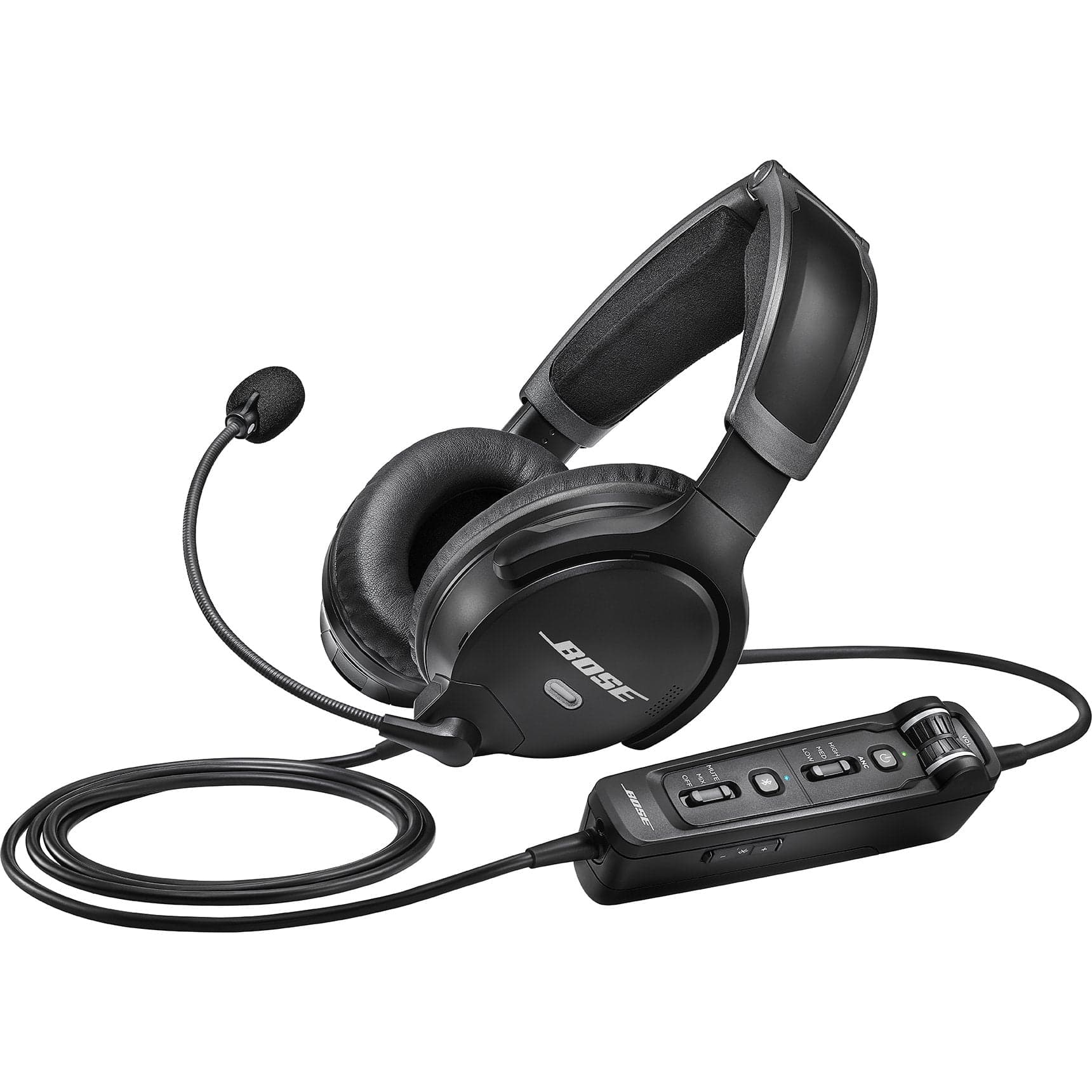
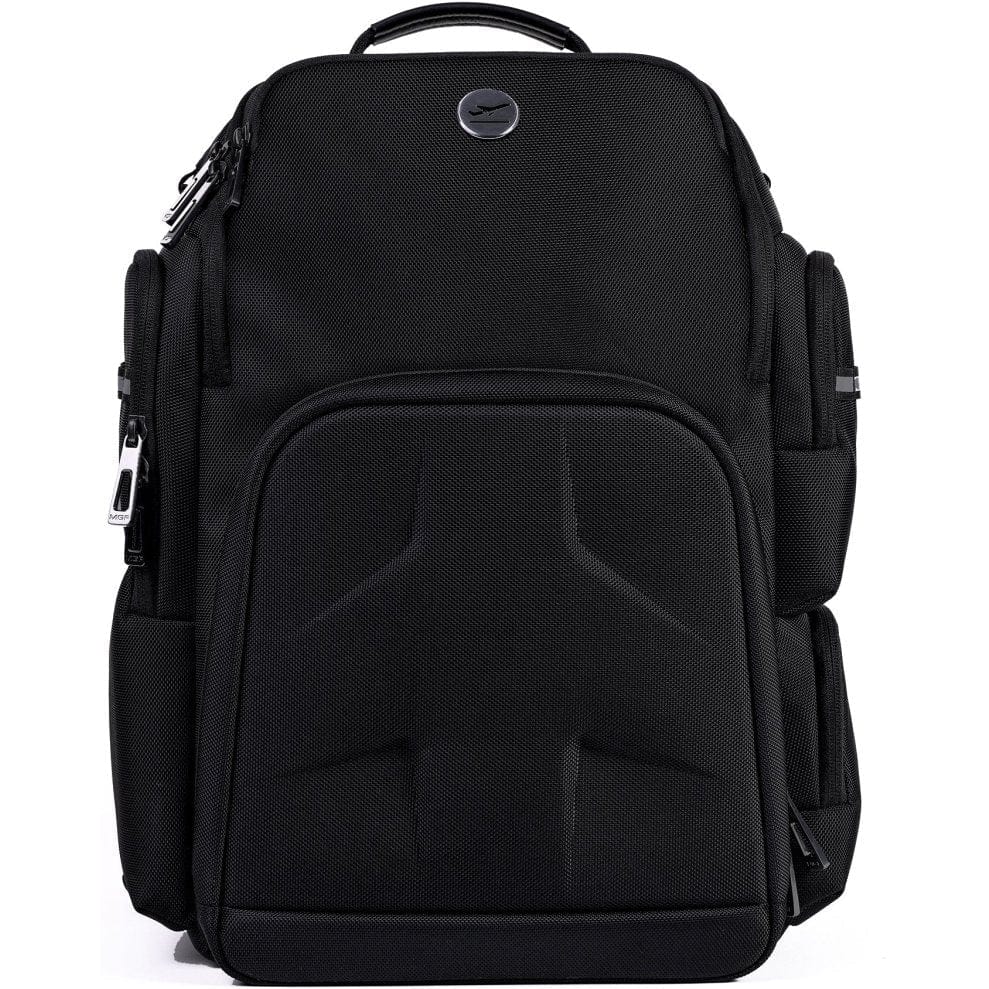
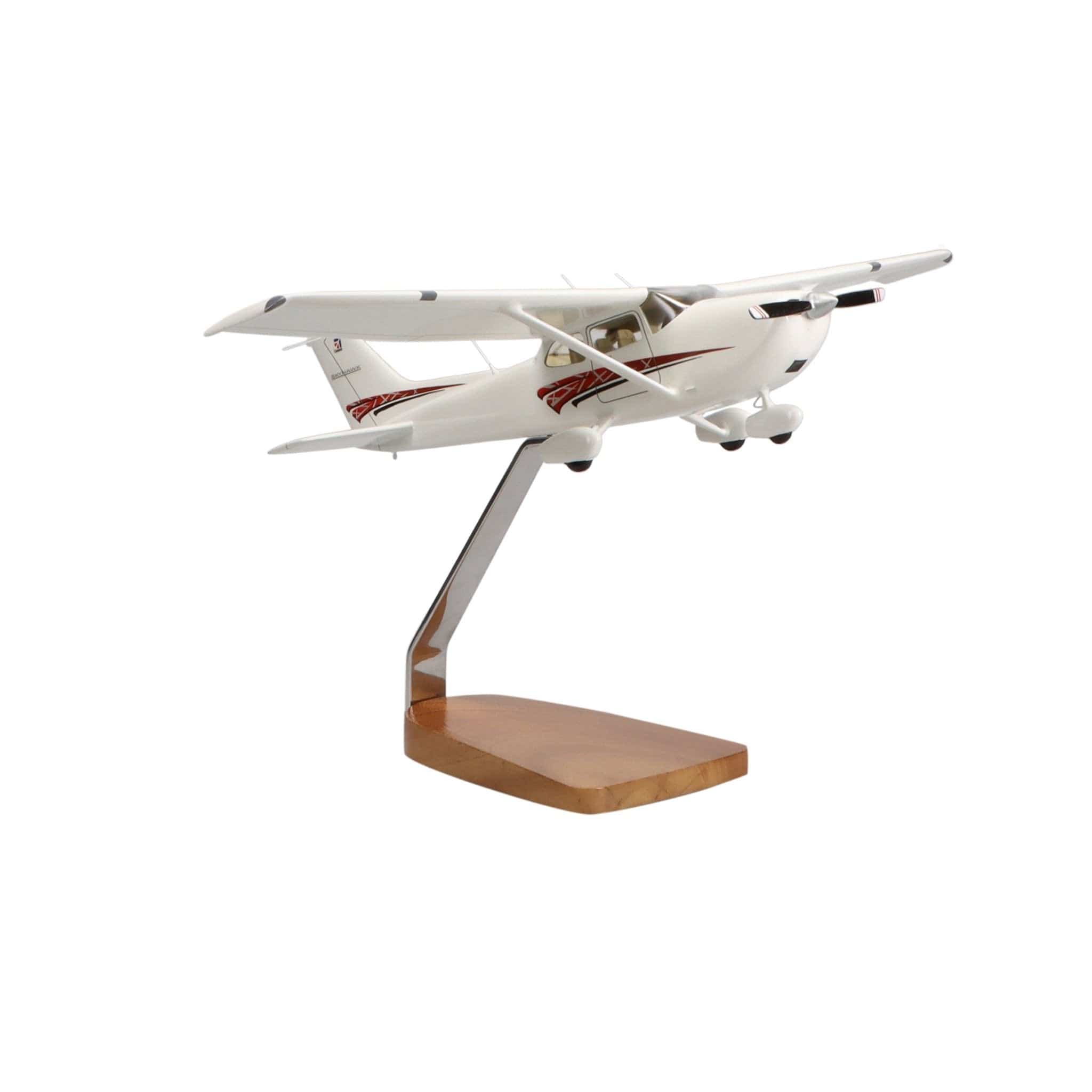

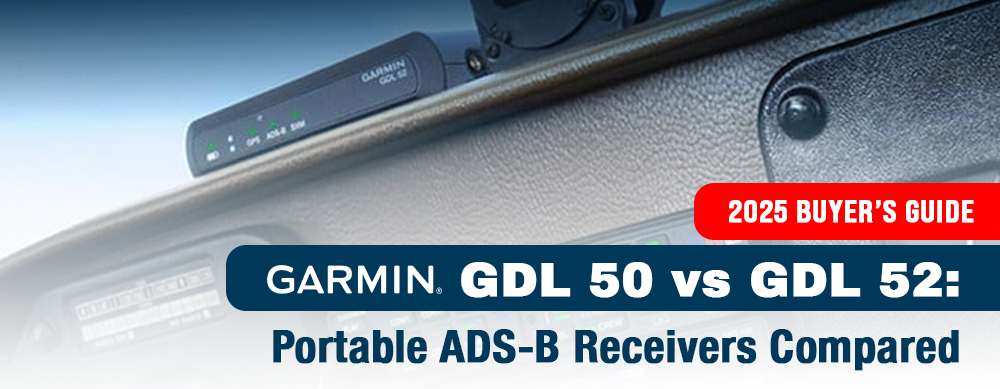
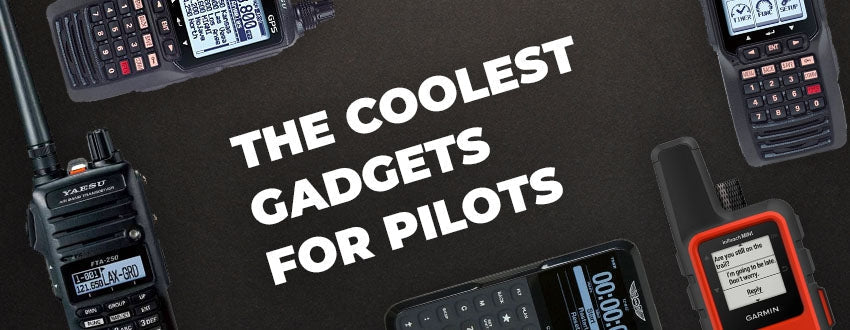
5 comments
Ron
Pierre
If the Learjet 75 Liberty were single pilot certified, Bombardier could easily have extended the life of the Learjet brand. On paper, to a non-pilot such as myself, the Learjet 75 Liberty meets practically the same standards/qualifications of single certified pilot jets as the Phenom 300, Cessna Cj4, and the Pilatus PC-24. I would also add the twin turboprop King Air 360 in the mix.
Stu
I could be mistaken, but I was under the impression that the Beech Premier ! is single pilot rated.
DrDelay
Emm Pierre, his list compiles aircraft that can be flown single pilot. None of the Bombardier / Learjet aircraft are single pilot certified…
Lee
Pierre, those are not single pilot rated aircraft. This article is about single pilot certified jets.
Pierre
Emm, you’re omitting some of the best small business aeroplanes such as Lear/Bombardier. IMO these planes are better built.